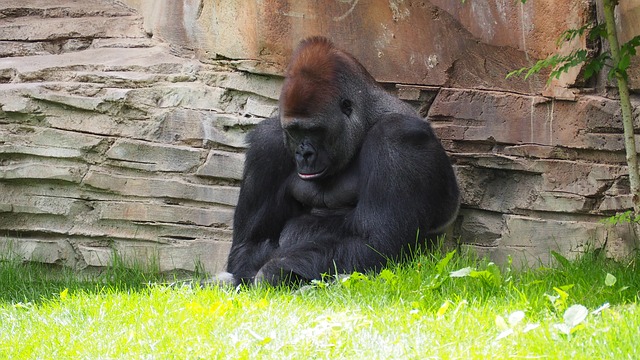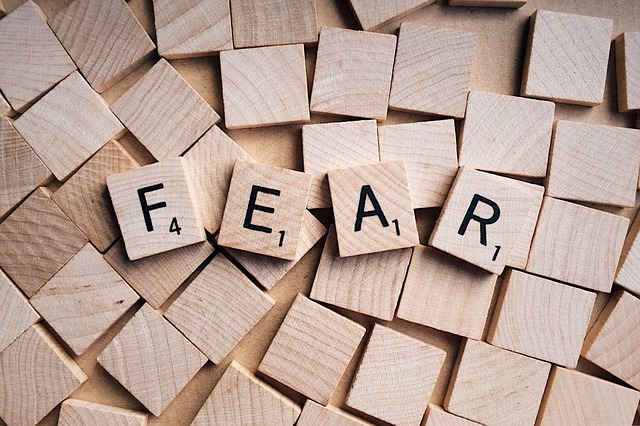Phillip Moffitt, author of Emotional Chaos to Clarity, writes comprehensively in a blog post about the tyranny of expectations. He suggests that expectations lock us into a limited future with a fixed view of desired outcomes. We have expectations of ourselves and of others and they, in turn, have expectations of us.
In contrast, possibilities arise in the present moment if we are tuned into what is happening in the here and now. If we are present to our situation, whatever it may be, we are able to tap our imagination and intellect, achieve clarity about the situation and come up with creative options.
Expectations can tie us to a particular outcome and lead to disappointment when that outcome is not realised. Even when the desired outcome is achieved, we can feel dissatisfied that it did not meet our expectations in terms of happiness, joy or success. This results in what John describes as the tyranny of expectations and he illustrates this by giving an example of a woman held captive by her expectations:
Our discussion revealed that she repeatedly experienced being disappointed whenever she actually got what she sought. In response, she would create new expectations, and the cycle would repeat itself.
No one is free from expectations, even yogis who can become trapped by their expectations of what they will achieve through sustained meditation practice. They can become attached to a desired outcome, so much so that they defeat the very purpose of meditation which is to be in-the-moment with whatever is present in their lives.
John suggests that some people go to the other extreme and give up on expectations for fear of being disappointed – they do not pursue their values in day-to-day living. They can experience depression as well as anger and frustration.
As we grow in mindfulness through meditating on our expectations in any given situation, we can learn to understand ourselves and to realise the very powerful role that expectations can play in our lives. Working from the possibilities of the present moment, we can reduce the power of expectations and realise true happiness.
By Ron Passfield – Copyright (Creative Commons license, Attribution–Non Commercial–No Derivatives)
Image source: courtesy of Pezibar on Pixabay
Disclosure: If you purchase a product through this site, I may earn a commission which will help to pay for the site, the associated Meetup group and the resources to support the blog.









